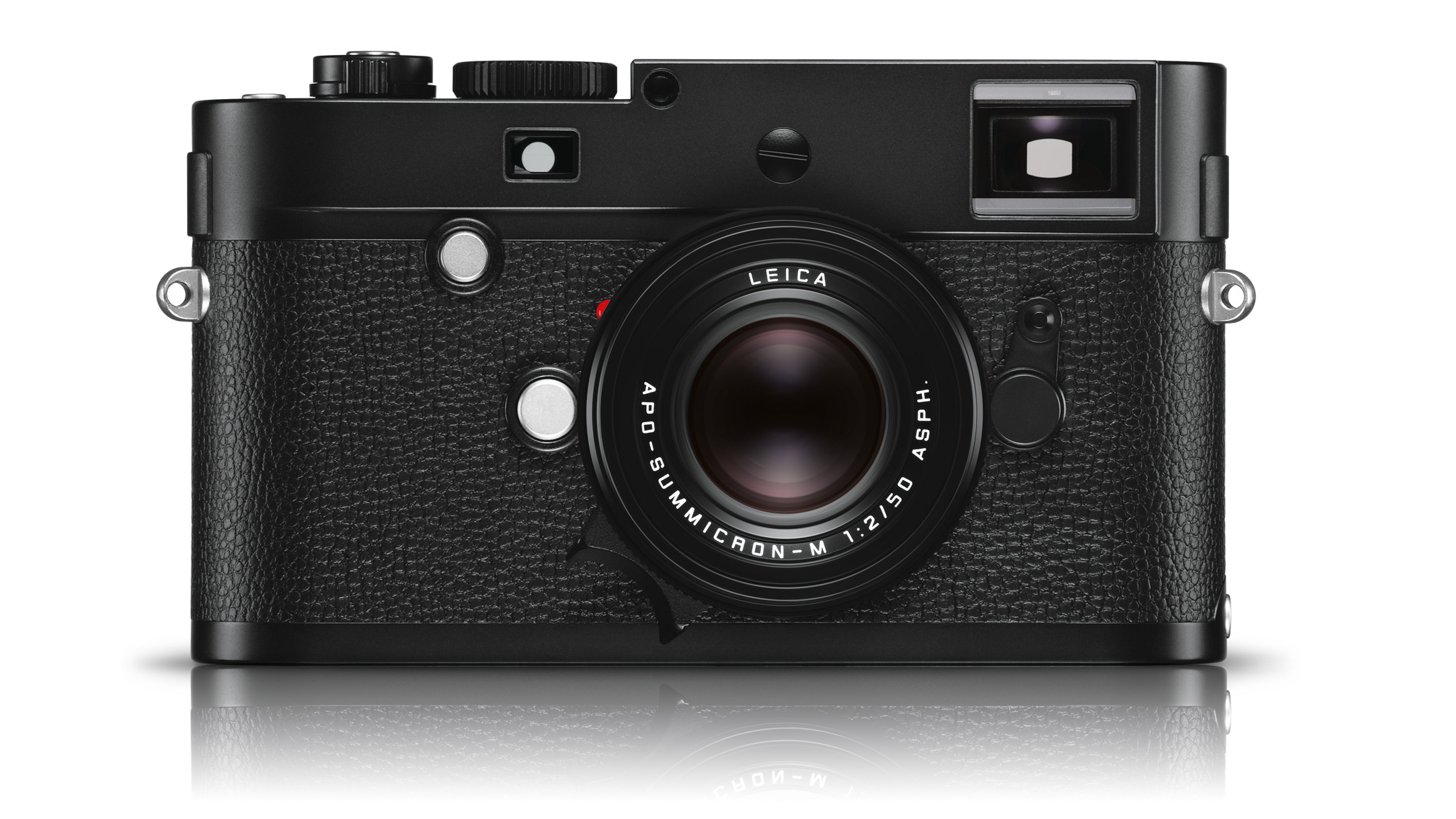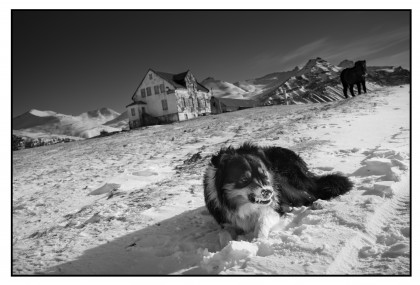Leica wants a lot of green for its powerful black and white camera
Leica's new rangefinder camera shoots only in black and white. No, we're not making this up

Of all the crazy, backward-looking, self-indulgent ideas you could possibly think of, this surely has to be at the top of the list – you would think.
But the more you learn about the Leica Monochrom (Typ 246), the more you realise is that there's some sound reasoning behind a camera capable of shooting only in black and white. More on this shortly.
This is actually the second Leica Monochrom, not the first. They have the same name, but the new version has the all-important (Typ 246) suffix, and the newer camera has some important enhancements.
The old Monochrom had an 18-megapixel full-frame sensor, but the Typ 246 has a newer and better 24-megapixel sensor. Leica says it has improved performance too, with a faster 'Leica Maestro' processor and an expanded 2GB buffer capacity.
Leica says the new Monochrom (Typ 246) 'by far exceeds the standards of its predecessor. But that doesn't explain why anyone would buy a black and white only camera, so here goes...
The black and white back-story
In the days of film, you made a stark choice when you popped open the back of the camera to slot in a film cassette – black and white or colour? Once you'd decided, there was no going back until you'd used up the film and it was time to put in another.
If you wanted to shoot colour too, you'd take a second camera loaded with colour film. Even today, many pros use two cameras – though not to change 'films', of course, but so that they don't have to keep taking one lens off to use another.
Get daily insight, inspiration and deals in your inbox
Sign up for breaking news, reviews, opinion, top tech deals, and more.
The fact is, there are some extremely good technical reasons for using a mono-only sensor. Colour sensors have to use a coloured filter array, so that for every four pixels, two are sensitive to green, one to red and one to blue. To get full-colour data for each pixel, the processor has to use interpolation to calculate the 'missing' data and this produces digital artefacts and a small loss in resolution.
Leica's mono-only sensor has no colour filter array and needs no interpolation. Each pixel yields 'proper' data. What's more, because there's no colour filter array, there's no need to use a low-pass filter to prevent moiré effects, so the Monochrom's sensor has better pixel-level detail.

Leica is also going to launch a set of black and white 'contrast' filters for the Monochrom in August 2015, and this highlights a third technical advantage of the mono-only sensor – you get much better results with black and white filters because the each pixel is capturing brightness values alone, not specific colours. You can get the same tonal effects using Channel Mixer tools on the colour images from regular sensors, but this means leaning more heavily on individual colour channels, and this introduces more noise, artefacts and edge effects. If you replicate a 'red' filter with a regular sensor, effectively only one pixel in four is used for creating the image.
More details
Leica M-series cameras use a manual rangefinder focusing system and a direct-vision (not through-the-lens) viewfinder. It's a traditional design that still has many fans. The body is made from high-strength magnesium alloy and top and bottom plates are machined from solid brass. Round the back, the 3-inch 921,600-dot LCD display has a scratch-resistant and 'almost unbreakable' glass cover.
You can focus using the viewfinder/rangefinder mechanism or use Live View. Here, you can zoom in up to 10x magnification to check the focus, but the Leica Monochrom also offers a Focus Peaking display, where object outlines 'snap' into sharp focus with exaggerated outlines.
Continuing the mono theme, the Monochrom comes with a selection of in-camera toning effects including sepia, cold and selenium toning – and it comes with a licence for Adobe Lightroom.
Leica has not yet revealed pricing, but the previous version is currently on sale body-only for around £4500/US$7000.

Rod is an independent photographer and photography journalist with more than 30 years' experience. He's previously worked as Head of Testing for Future’s photography magazines, including Digital Camera, N-Photo, PhotoPlus, Professional Photography, Photography Week and Practical Photoshop, and as Reviews Editor on Digital Camera World.